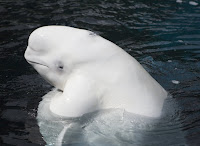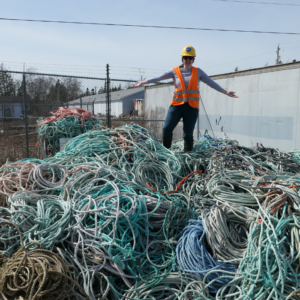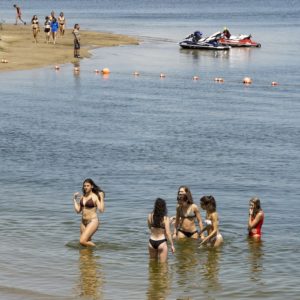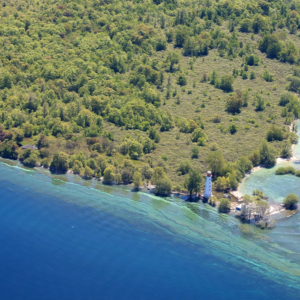Seismic survey in proposed Lancaster Sound NMCA approved by Nunavut Impact Review Board

st1\:*{behavior:url(#ieooui) }
/* Style Definitions */ table.MsoNormalTable {mso-style-name:”Table Normal”; mso-tstyle-rowband-size:0; mso-tstyle-colband-size:0; mso-style-noshow:yes; mso-style-parent:””; mso-padding-alt:0cm 5.4pt 0cm 5.4pt; mso-para-margin:0cm; mso-para-margin-bottom:.0001pt; mso-pagination:widow-orphan; font-size:10.0pt; font-family:”Times New Roman”; mso-ansi-language:#0400; mso-fareast-language:#0400; mso-bidi-language:#0400;}
On December 18, 2009 the Geological Survey of Canada submitted a proposal to the Nunavut Impact Review Board (NIRB) for their “Eastern Canadian Arctic Seismic Experiment (ECASE)”; a joint Canadian-German (the Alfred Wegener Institute for polar and marine research is the German partner) project that is aimed at collecting data regarding the evolution of the sedimentary basins in this region and tectonic plate motion between Canada and Greenland.
The experiment is set to take place in Jones Sound, Baffin Island and Lancaster Sound – a proposed National Marine Conservation Area. On May 21, 2010 the NIRB approved the project under the condition that the Geological Survey of Canada follows a set of recommendations, including those for waste management, wildlife and public consultations. NIRB also suggested that any seismic results for Lancaster Sound be submitted to Parks Canada and other agencies to assist them in identifying the existence of non-renewable resources – to be later used for the development of a mineral and energy resources assessment (this assessment plays a significant role in determining the boundaries of most parks). It is important to note that the data collected will inevitably provide information on the existence of oil and gas deposits in the region, thus increasing the interest in Arctic oil & gas exploration and production.
There has been opposition against the seismic survey by High Arctic communities and Oceans North Canada as they fear the potential impacts the seismic survey may have on the areas wildlife, of which some communities depend on for sustenance. The Qikiqtani Inuit Association and Parks Canada have also opposed the proceeding of any tests in Lancaster Sound as feasibility studies for an NMCA designation currently take place.
Lancaster Sound is located between Devon Island and Baffin Island in Nunavut, Canada and is home to a large variety of wildlife such as belugas, bowhead whales and harp seals. The region around Lancaster Sound includes bays, inlets and ice fields surrounded by high cliffs and spectacular fjords that stretch from Ellesmere Island to the Gulf of Boothia in the south to the waters surrounding CornwallisIsland to the west in Nunavut, Canada. This area has one of the highest concentrations of polar bears in the Canadian Arctic. Twenty Important Bird Areas are found inside or adjacent to the proposed protected area, providing essential habitat for large colonies of snow geese, ivory gulls, arctic terns and thick-billed murres. Protected areas like the one proposed at Lancaster Sound conserve some of our most important natural spaces, providing Canada and the world with clean air and water, abundant wildlife populations, and healthy communities and ecosystems.
Nature Canada fully supports and looks forward to the establishment of the Lancaster Sound NMCA.




